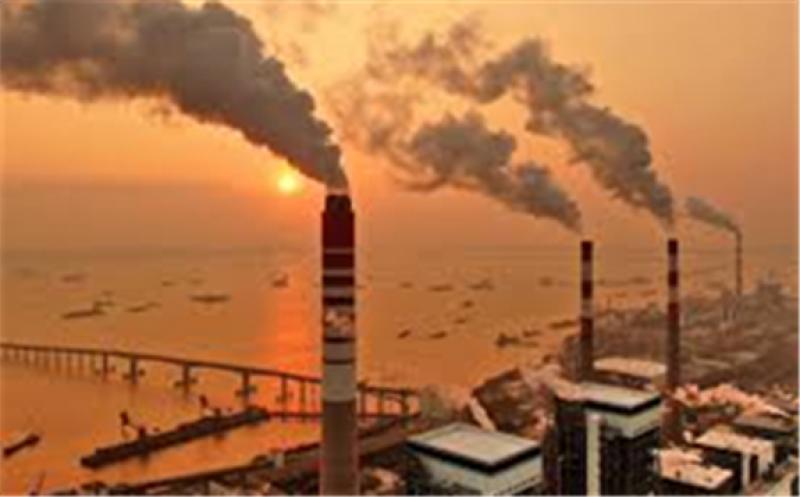The South Korean government is considering an annual cap on coal-fired generation from 2022 and a new spot and forward auction system to enable utilities to bid for generation allowances. The reform is part of efforts to meet South Korea's emissions targets.

The Korea Power Exchange (KPX) revealed the draft plan in a roundtable event on 10 March, which was hosted by South Korean congressman Chang Seop Lee and supervised by the ministry of energy and industry. A final draft of the plan is due by the end of April, with implementation expected in 2022.
The move comes as South Korea's emissions trading scheme has largely failed to drive a shift from coal to gas in the fuel mix since its inception in 2015. A large proportion of emissions allowances are handed out for free and participants at the seminar on 10 March noted that generators are compensated by KPX for emissions that exceed their free allowance.
The carbon price is not included in the mechanism that sets the merit order for coal and gas-fired plants in South Korea, although this is expected to change in the coming years.
The new model could increase competition on cost and emissions standards among South Korea's coal-fired generators, while also reducing annual coal-fired generation in the years ahead. This would potentially increase the country's reliance on LNG and gas-fired generation, depending on the severity of the cap and the speed of growth in renewables and nuclear availability.
Cap and trade
Under the new proposal, the South Korean government will introduce annual caps on coal-fired generation that align with the country's 2050 carbon-neutrality goal and the associated annual targets. The annual cap will not be legally binding, but financial penalties will be enforced on generators that exceed their individual allocation.
The annual caps will be set by the government in the third quarter of the year preceding the enforcement period, although the mechanism to determine the cap has not been confirmed. Speakers at the 10 March meeting suggested that the cap would be based on coal's share of total power-sector emissions during a historical period, divided by an as-yet-unknown coal factor.
Once the annual cap is determined — which could be in July 2021 for calendar year 2022 — a minimum allocation of generation rights will be distributed to utilities to ensure electricity supply security, with the remainder allocated through auction.
The government will categorise coal-fired units by their capacity, efficiency and number of years of service to establish a maximum number of allowances that each generator may acquire through auction. This is to ensure that cleaner coal-fired units can bid for more allowances than dirtier plants.
Coal-fired generation allowances would be offered by KPX in an annual auction in the fourth quarter of the year preceding enforcement — potentially October 2021 for 2022. The allocation mechanism will use a descending clock auction, where the price of allowances is incrementally lowered until they are bid by a generator. The starting price will be set by the KPX, although the pricing methodology has not yet been determined.
Generators will need to bid based on their marginal generation costs, which the market operators hope will foster competition among coal-fired utilities and bring transparency to the South Korean electricity market.
A series of monthly auctions are also expected to take place in the second week of the third month preceding the enforcement period — for example, in the second week of October 2021 for January 2022. A spot auction for allowances is also envisaged during the month of enforcement, but no specific details were given.
The meeting also raised the prospect of a secondary market in which allowances could be traded among utilities, but no specific details were given.
Coal-fired units that do not acquire generation rights will be held as reserve capacity for emergency dispatch, with rules to be clarified in future. The government will also strengthen market monitoring and regulation to prevent collusion among generators.
Utilities will be required to use all the allowances they acquire for a given month, but there will be a penalty for generators that exceed their allowances.
After each month, power-sector emissions will be assessed in relation to the emissions target and adjustments may be made for the next monthly auction. For example, in February 2022 the system's January performance would be assessed and changes for the monthly auction for May 2022 allowances could be made.
A KPX representative said on 10 March that emissions reductions were expected to be greatest during the second quarter, but that third-quarter generation would depend on power demand during the peak cooling period.
It is not clear how the cap on coal-fired generation will complement or be integrated into the existing government fine-dust-management policy of limiting the use of coal-fired plants during December-March.